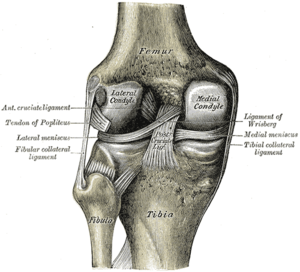CLICK TO SEE THE PICTURES…….(1)…..(2).….
[amazon_link asins=’B017TP9MTS,B000GRU8UY’ template=’ProductCarousel’ store=’finmeacur-20′ marketplace=’US’ link_id=’f79ead1e-f0ca-11e6-b62d-d92b8316a6c6′]
Padma means lotus in Sanskrit, in this .asana position of the legs look like blooming lotus. This asana has been given a great importance in the Yogashastra as it is best suited for Pranayam, Meditation & concentration.
Pre position: Sitting Position as shown in the 1st. picture.
How to do this (step by step):
1. Spread both the legs and keep them at a distance of 1 to 1.5 feet.
2. Bend left leg in knee and place its toe on the right thigh and heel on the groin of the left leg.
3. Bend right leg in knee and place its toe on the left thigh and heel on the groin of the right leg.
4. Keep the wrists of both the hands on the respective knees and take Dnyana Mudra. Continue normal breathing.
Position In this asana: the position of the body is stabilized. Keep the backbone erect and sight straight. If the hands are long then slightly bend those in elbows. There should not be any strain on any of the muscles.
Releasing (step by step)
1. Bring the hands beside the waist.
2. Straighten the right leg in the knee.
3. Straighten the left leg in the knee.
4. Get both the legs together, take the sitting posture.
Duration: Within 10 to 12 days’ practice of this asana(exercise), one can maintain this asana for 10 minutes. After more practice this period can be increased to 2 to 3 hours. Sitting for long in this asana alone can make one experience the pleasure of this asana.
Benefits:As the backbone is kept erect in this asana, its functioning is greatly improved. Dnyana Mudra further helps in stabilizing pulse beats. Consequently strain on muscles is reduced, which in turn reduces strain on heart.
Also breathing slows down, collective effect of all this is one can achieve concentration of mind.
Precaution: This asana is very simple and anyone can practice.
Reference Book:- Yoga Pravesh
















































